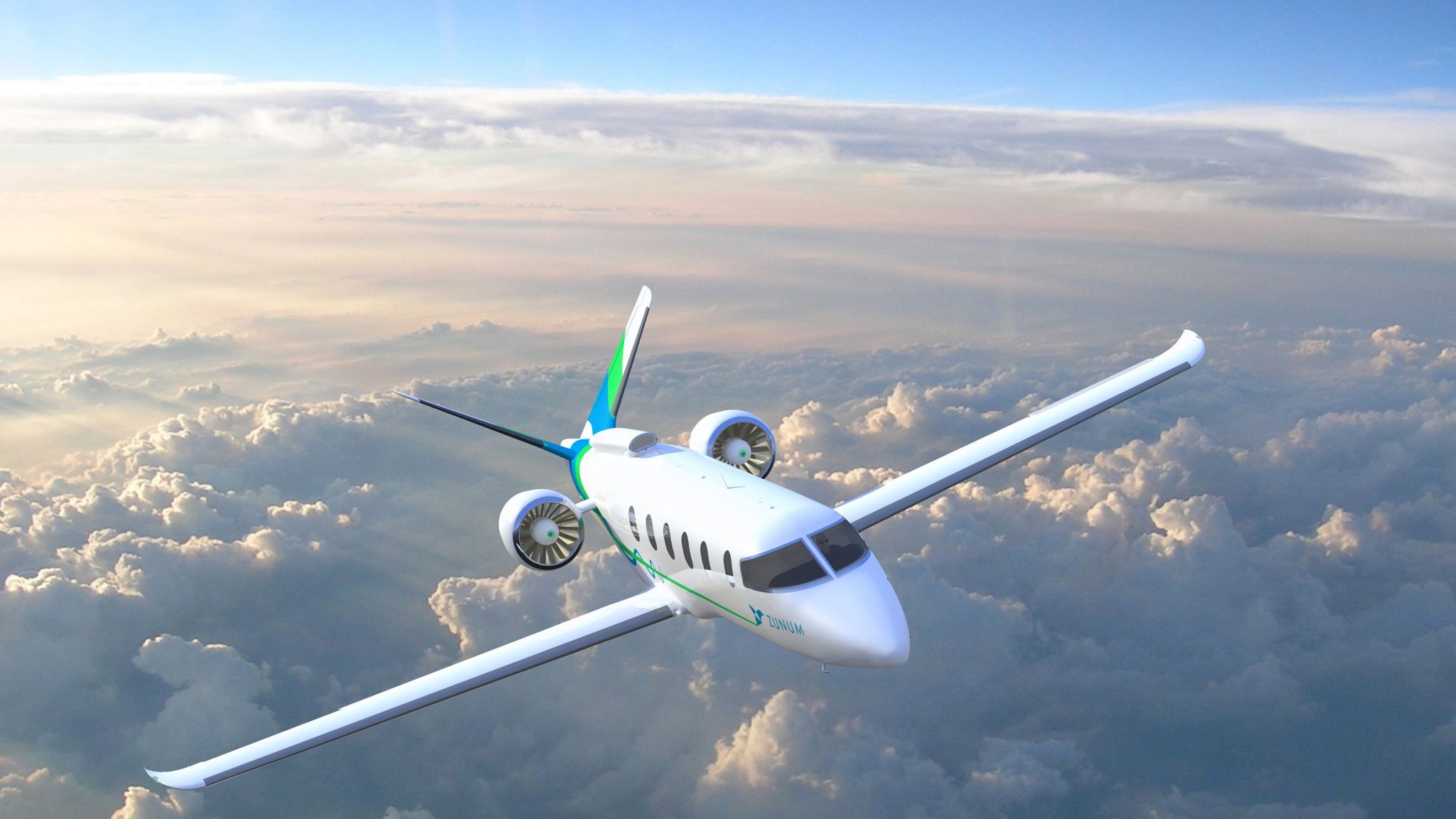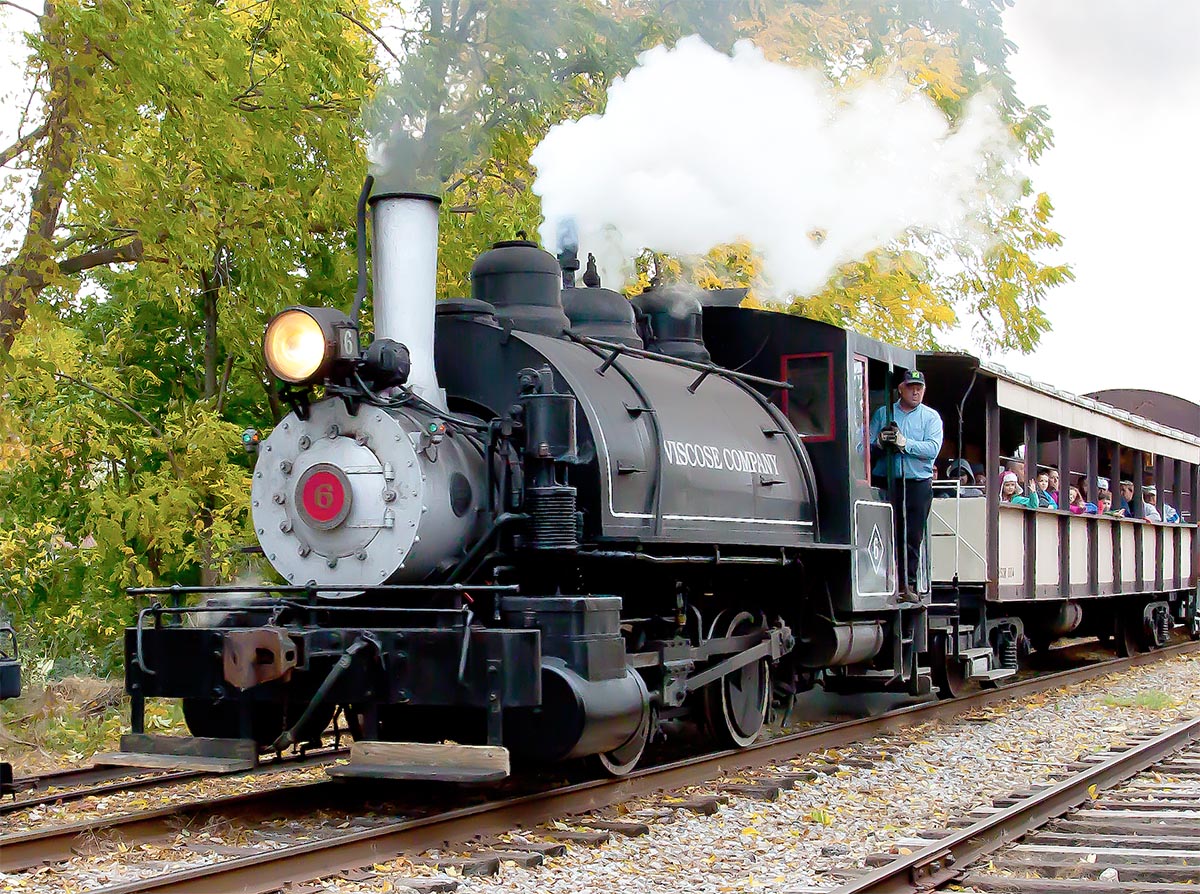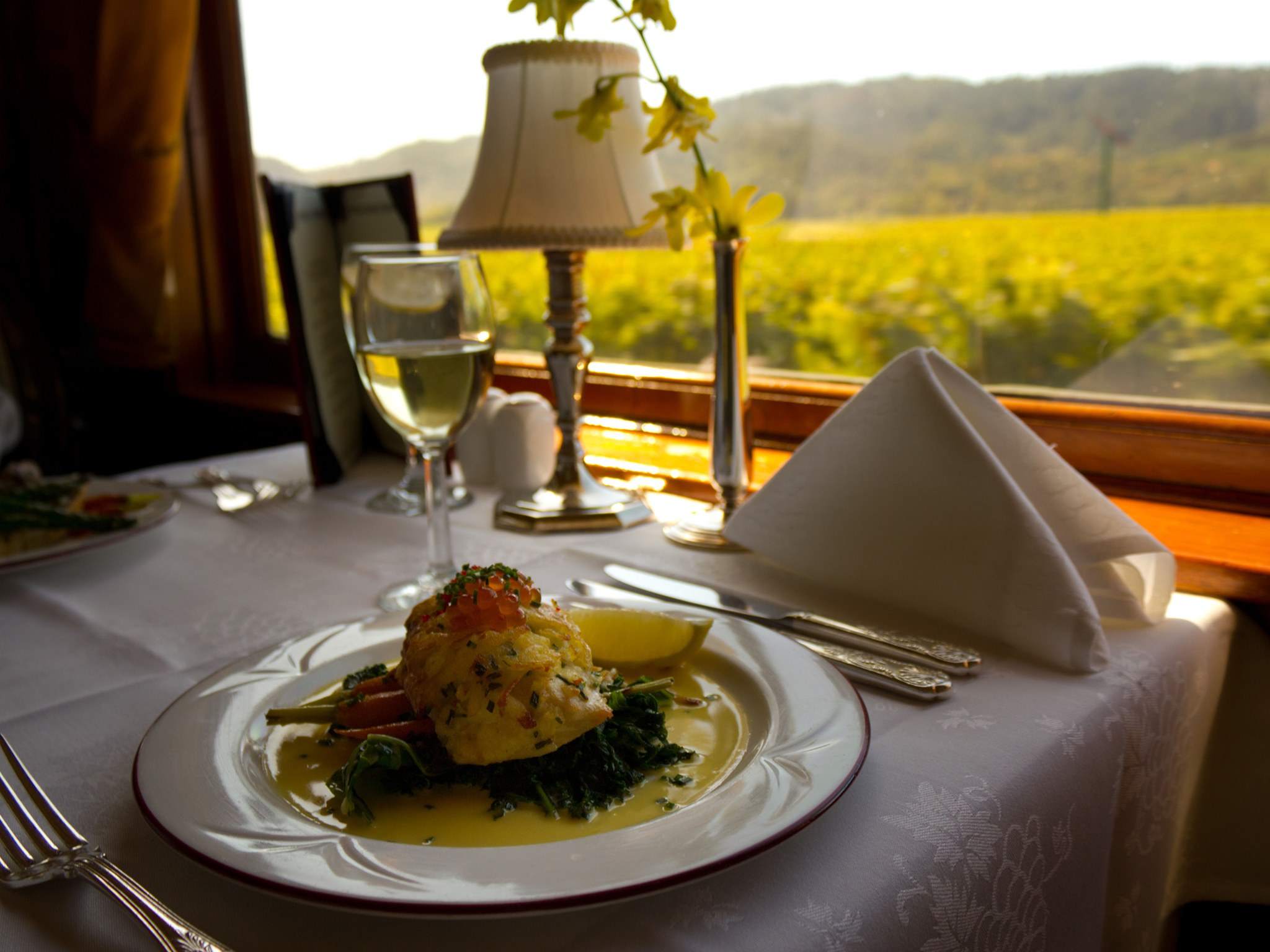Recently, there have been many concerns regarding aircraft windows. Incidents of flight accidents occurring are very rare, but the fear of being caught in a flight accident is still very alive in many passengers. This post will attempt to explain why you can comfortably check the Delhi to Bangalore flights schedule and book your flight without any worry at all.
Why are airplane windows generally circular and small?
Windows that are made in this fashion are much better at withstanding and equally distributing the forces that continuously batter the window. Building anything to withstand the incredible speeds at which an airplane travels through the air is not easy. Over decades of experimentation and development, highly durable windows that can absorb intense shocks from all sorts of atmospheric forces were developed. The pressure outside the airplane is vastly inferior to the pressure inside, forcing aircraft designers to build windows that are optimized to handle pressure of this nature.
The fuselage of a plane constantly bends and flexes during flight. The windows, therefore, are always added in the flat parts of the fuselage only.
What is the strength of cockpit windscreens?
Cockpit windscreens are another engineering marvel. They are incredibly resilient and can withstand some of the strongest forces. In one of the experiments, a sledgehammer was used to repeatedly batter the windscreen. As expected, the screen refused to budge in the slightest. The multi-paned thick glass is reinforced with high-tensile frames that keep it completely safe from hail, outrageous pressure differences and bird strikes. They are also sometimes heated to improve their flexibility.
Why are passengers asked to raise the window shades for landing or take-off?
There are many reasons for this protocol. If there are any dangers outside the flight, like debris, animals, or fire, the staff can react swiftly to avoid a disaster. In case there is an unexpected tumble caused by the plane, the open windows will help you quickly establish your orientation. The lights in the flight are also sometimes dimmed so that the glare does not make the crew on-board miss any important events taking place outside.
How have pilots evolved to keep flights safe?
The technology and rigor with which modern pilots are trained is simply outstanding. Almost all qualified pilots will have a clear idea of what to do in every scenario. They go through multiple flying exercises and prepare meticulously before every commercial flight. Pilots are experts at working with each other, understanding and interpreting multiple information inputs on the flight, and always keeping in touch with ground control. Compartmentalization and absolute concentration are the qualities of the pilot that make flying safe for all passengers.
Airplanes today are built with exquisite technology. The seats and windows must pass tough stress-tests and meet durability norms. Everything on board is ensured to be non-lethal. The seats in a flight are also built to be fire-redundant. As a whole, flights today are very safe and serve as the lifeline of global connectivity. Pilots, engineering, and air traffic management have come a long way since the early days of flying in the first half of the 20th century.





